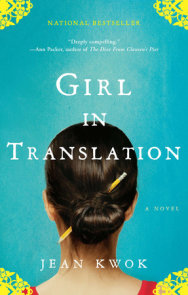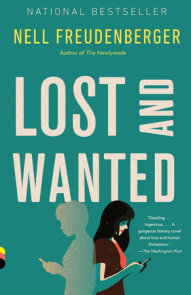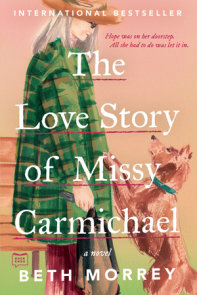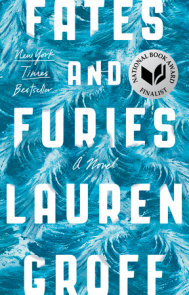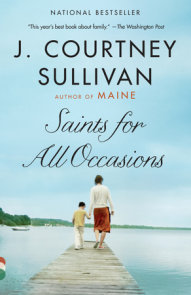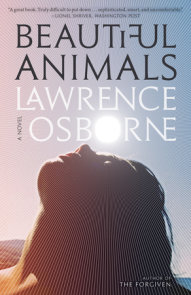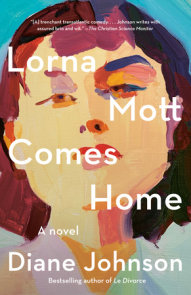READERS GUIDE
The questions, discussion topics, and reading list that follow are intended to enhance your reading group’s discussion of The Only Story, the newest novel by Julian Barnes.Questions and Topics for Discussion
1. The opening line reads, “Would you rather love the more, and suffer the more; or love the less, and suffer the less?” Which would you pick? Do you agree with Paul that this isn’t a fair questions because “we don’t have the choice”?
2. Susan and Paul have a quarter-century age difference, yet he repeatedly insists throughout the novel that neither one of them was taking advantage of the other. Do you agree, or do you think there is an inherent power imbalance between them due to that gap?
3. Games and sports feature prominently throughout the story, whether tennis, golf, or crossword puzzles. How do each of these activities, and the attitudes the characters have toward them, illuminate and illustrate the nature of love as they interpret it?
4. Discuss the character of Joan and her role as Paul’s only true confidant when it comes to his relationship with Susan.
5. Point of view consistently changes throughout the novel, with part one being in first person, part two in second person, and part three in third, second, and first. Why do you think Barnes chose to do this? How did the different perspectives impact the reading experience and influence how you understand Paul?
6. On pages 115–116, Paul presents his theory that memory is like a “log-splitter.” How is the nature of memory demonstrated throughout the novel, and do you agree with Paul when he says, “Life is a cross section, memory is a split down the grain, and memory follows it all the way to the end”?
7. As Susan’s alcoholism progresses, she tells Paul she has “a moral disease” caused by her being from “a played-out generation” (page 169). What do you think is the impetus for her drinking, and how do you interpret her repeated insistence that her generation is “played out”?
8. A subsequent girlfriend of Paul’s calls Susan a “madwoman” in an attic (page 186), a reference to not only Charlotte Bronte’s Jane Eyre but also the groundbreaking 1979 work of feminist literary criticism of that title by Sandra Gilbert and Susan Gubar. How does Susan fit into the broader tradition of literary housewives? Is she a transgressive feminist, a beleaguered relic of pre–sexual revolution England, or something else entirely?
9. Do you think Paul was right to “hand back” Susan to her daughters, or do you think he abandoned her? How did his decision color your opinion of him?
10. As we see throughout the novel, and as is explicitly discussed in part three, Paul is obsessed with defining love. Discuss what it means when, on page 246, he posits, “Perhaps love could never be captured in a definition; it could only ever be captured in a story.”
11. How is marriage represented in the novel, and how important is it that Paul himself never marries?
12. Gordon Macleod is an extremely complex man—something Paul comes to realize only later in life. Discuss the evolution of their relationship, and Gordon’s significance as a man who subscribes to traditional British masculinity.
13. Paul and Susan’s final encounter is, on the surface, anticlimactic, but at its core imbued with deep significance. How did you interpret it?
14. After their first match, when Paul apologizes for causing them to lose, Susan says, “The most vulnerable spot in doubles is always down the middle” (page 9). How does this idea reemerge throughout the novel—that our weakest spot is the space between us and someone else?
15. What is your only story?









